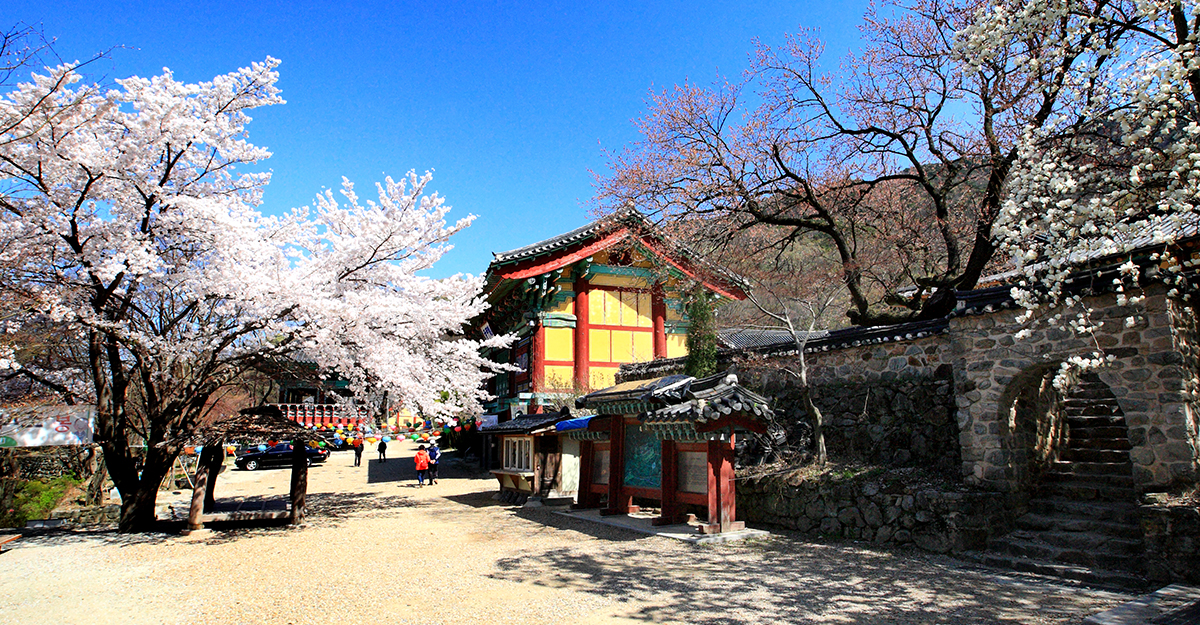
In Ori Forest, there 9 valleys that lead to Sujeongbong Peak, and Buddhist hermitages are nestled along the deep valleys, containing old trees that are over 150 years old.
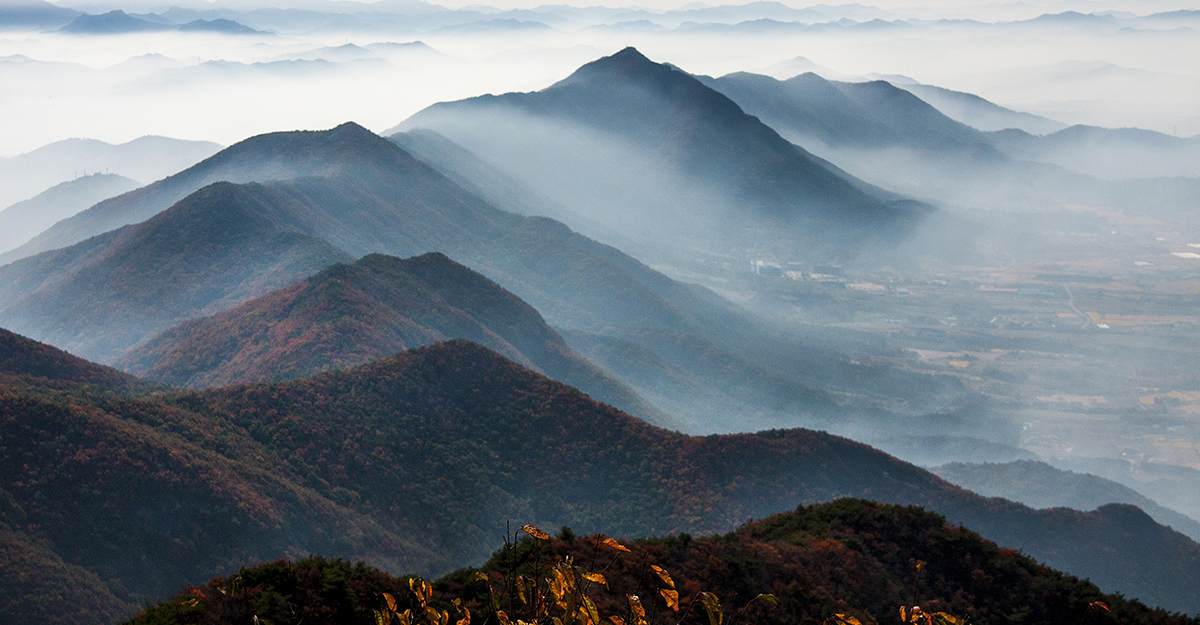
Gyeryongsan Mountain, one of the most famous mountains in Korea, was given its name because its shape is reminiscent of a dragon with a rooster comb. While climbing the mountain, one can appreciate the various species of wild flora and the 8 famous scenic sites of Gyeryong. There is also Nammaetap, associated with a legend regarding blood siblings.
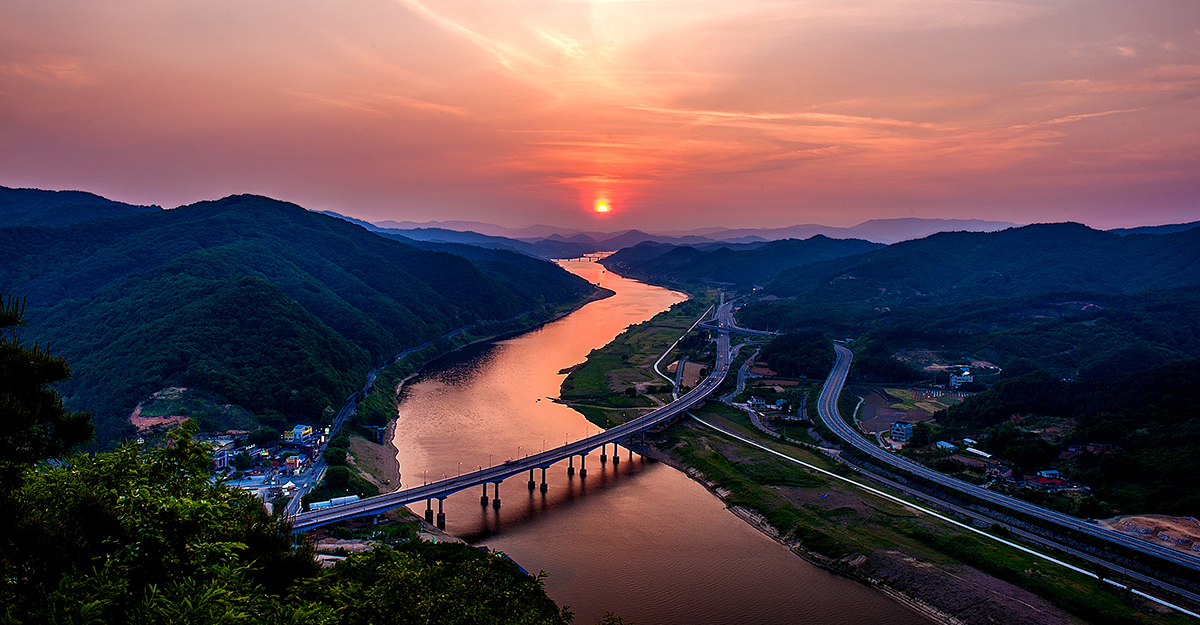
Geumgang River was given its name because it is as beautiful as silk. The winding waterway is simply breathtaking especially during the break of dawn and at sunset. Its striking view can be appreciated from Gongsanseong Fortress of the Baekje Kingdom.
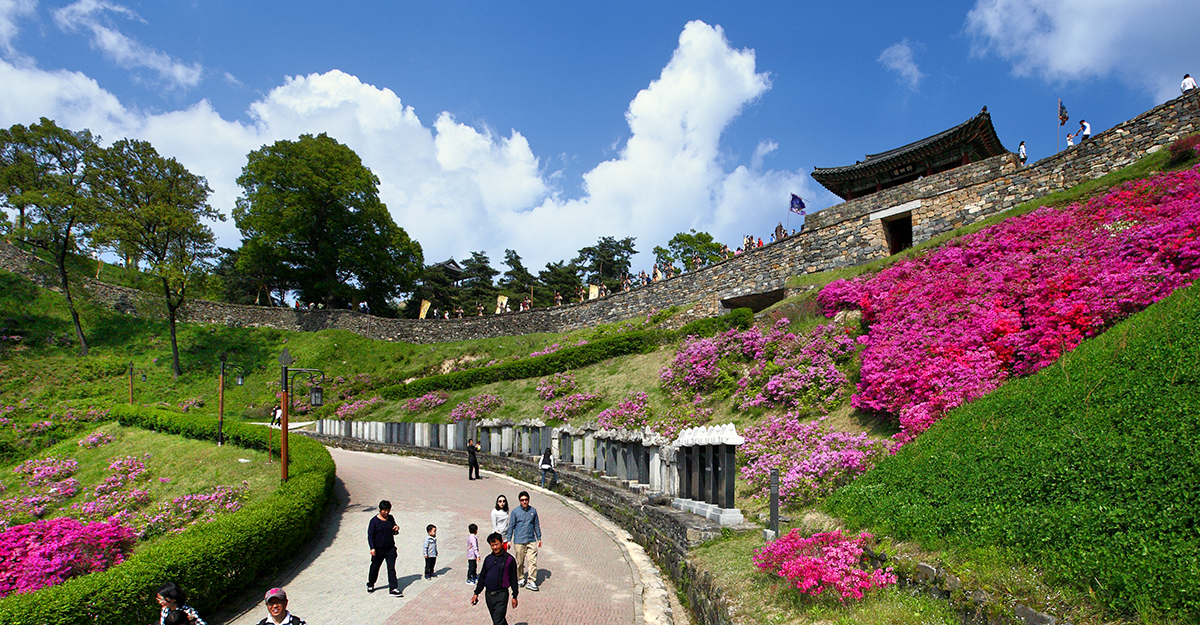
This was a royal palace of the Baekje Kingdom, and Geumseoro (West Gate) is arguably the finest fortress wall that can be seen in Korea. When you walk along the fortress, you will be able to take in a full view of the city of Gongju.
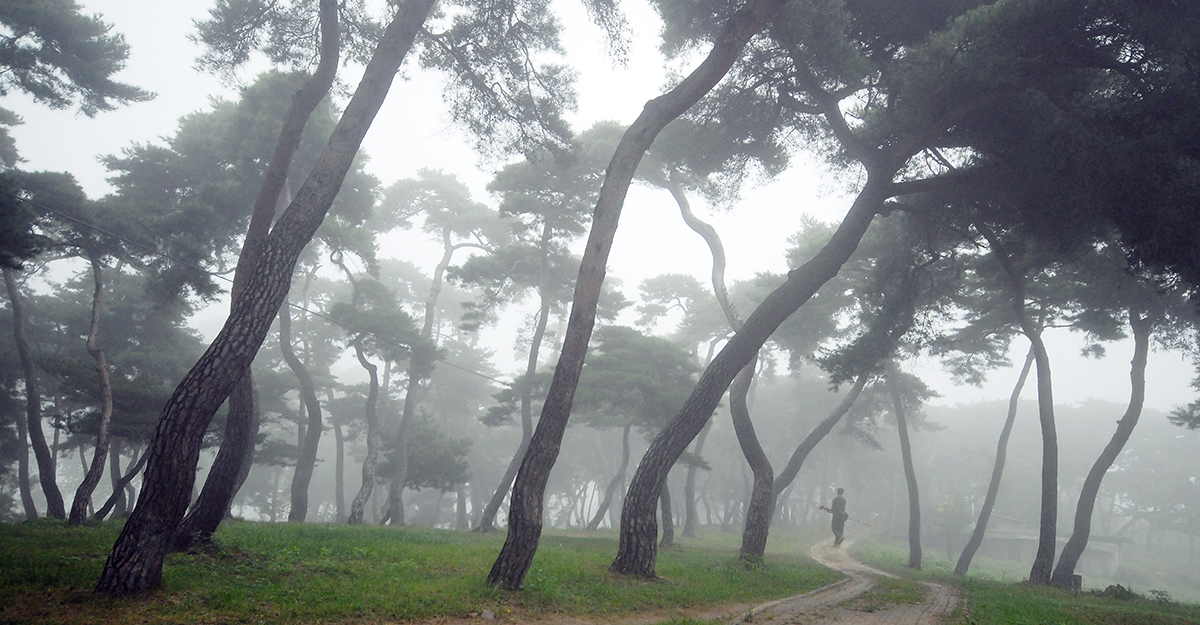
Gomanaru Dock was the largest ferry dock in the Baekje Period. The pine field conveys a tragic mythological tale of a bear that fell in love with a human, while at the Ungjindan Shrine, people used to perform rituals dedicated to the spirit of Geumgang River and the mythical bear.
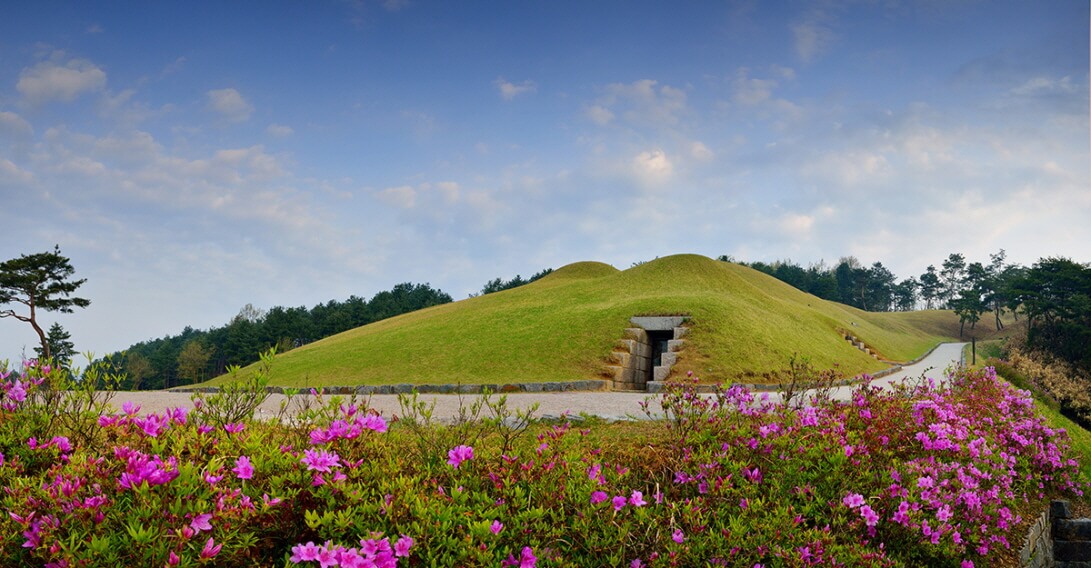
This is the site of the royal tomb of the 25th king of Baekje discovered in Songsan-ri. The beautiful trail along the hills leads to a museum.
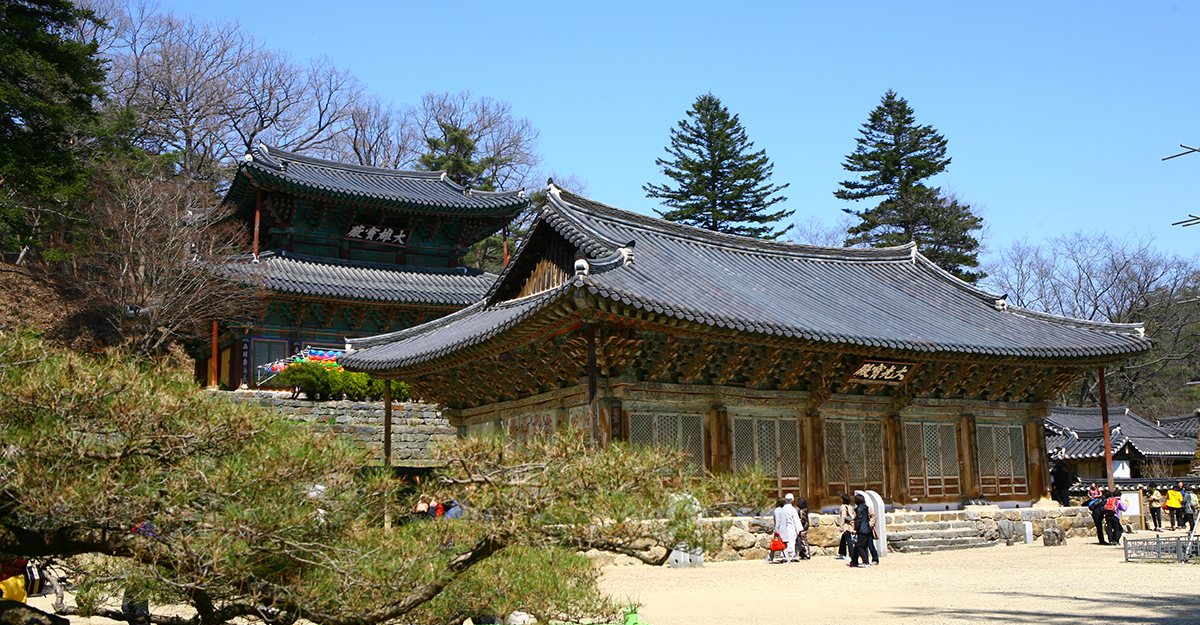
Magoksa Temple was built in the foothills of Taehwasan Mountain in the Baekje Period. Famous for its lush greenery in the springtime, Magoksa Temple hosts the Fresh Verdure Festival every spring.
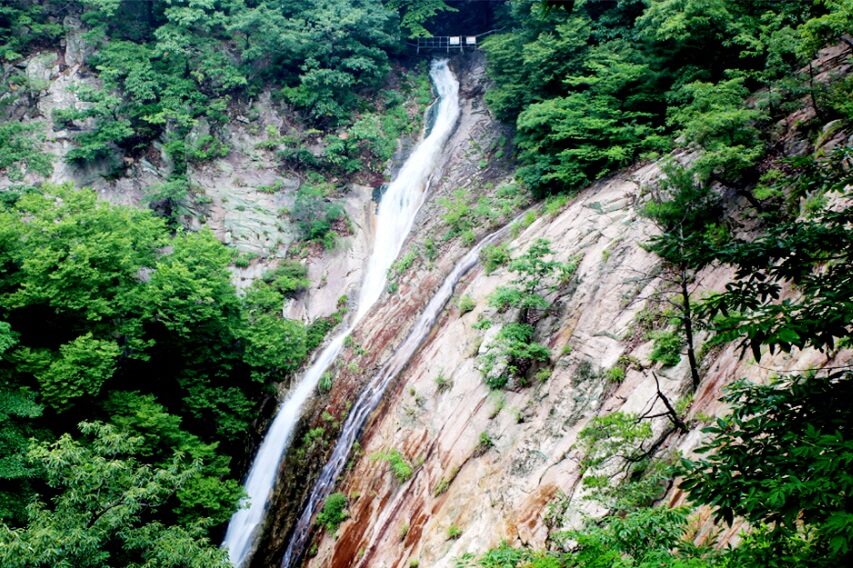
The waterfall is located in the western part of Gyeryongsan National Park. The name originates from a legend that sinseon (mountain recluses with supernatural powers) used to secretly enjoy themselves here.
As the largest of all the waterfalls found on Gyeryongsan Mountain, it presents a breathtaking sight along with the rocky cliffs and dense forest. This particular area attracts visitors in autumn with colorful autumn foliage, but it is also particularly stunning in winter when the waterfall freezes.
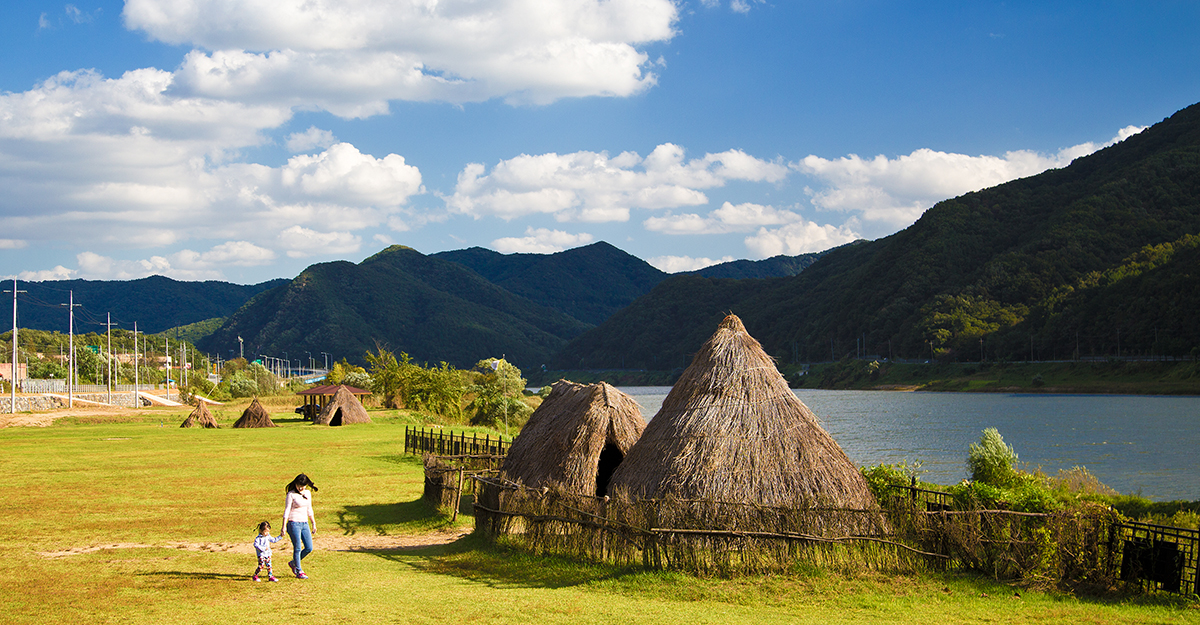
At the museum, you can gain an insight into the Old Stone Age (Paleolithic Era) and enjoy an astonishing view of the water fog when the sun shines upon the river in the morning.
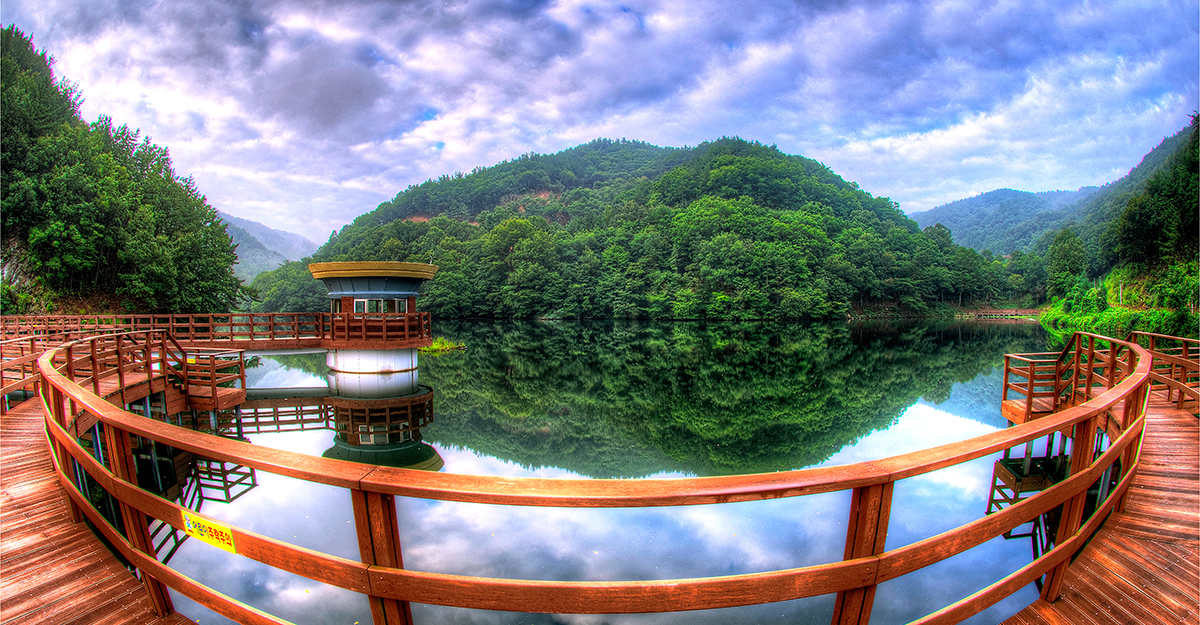
This area was transformed from a catchment basin to an ecological park. The reservoir in the beautiful Jumisan Mountain, the forest trails that transform throughout the year, and the wetlands with diverse flora species serve as a natural learning place for children.